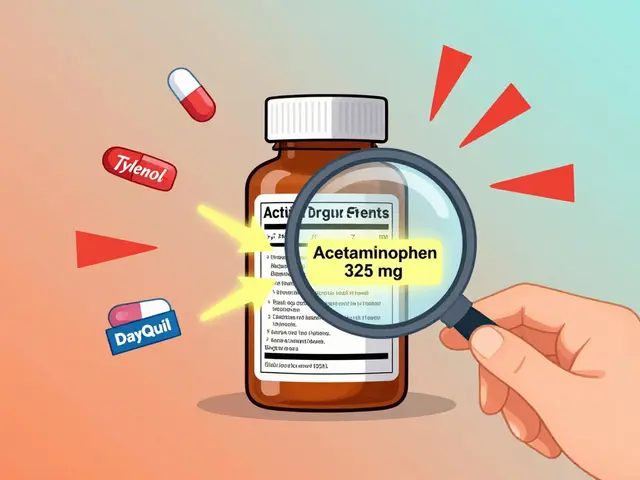How Irbesartan Can Help Prevent Migraines - What the Research Shows
October 26 2025Microneedling: What It Does, How to Prepare, and What to Expect
Want clearer, firmer skin without heavy procedures? Microneedling — also called collagen induction therapy — uses tiny needles to create controlled micro-injuries. That sounds intense, but those tiny channels tell your skin to repair itself, boosting collagen and improving texture, scars, pores, and fine lines.
This treatment works whether you go to a clinic or use a light at-home device. Professional sessions use longer needles and give stronger results. Home rollers or pens use shorter needles and are best for maintenance, not major scars.
Before and After: Prep and Recovery
Prep matters. Stop strong actives like retinoids and acids for about 3–7 days before a session. Avoid sunburn and tanning. If you have active cold sores or inflamed acne, delay treatment until cleared.
At the clinic you’ll often get a topical numbing cream. Sessions usually take 20–45 minutes. Expect redness and mild swelling for 24–72 hours — like a sunburn. Tiny scabs or flaking can appear; don’t pick them.
Aftercare is simple but strict. Use gentle, hydrating products: a fragrance-free cleanser, a soothing serum (hyaluronic acid is great), and a mineral sunscreen every day. Skip exfoliants, acids, and retinoids for at least a week or until skin calms. Keep hands and tools clean — infection risk rises if hygiene slips.
How soon will you see changes? Most people notice smoother skin and softer scars after 3–6 weeks, with continued improvement over months. For best results, plan a series of 3–6 treatments spaced 4–8 weeks apart, depending on needle depth and your skin goals.
Choosing the Right Treatment and Provider
Decide between pro and at-home based on goals. If you want to reduce deep acne scars, stretch marks, or large pores, see a licensed dermatologist or trained aesthetician who uses medical-grade devices. For light texture work and glow maintenance, an at-home device can help if used correctly.
Ask your provider about sterilization, device type, needle length, and expected downtime. Check before-and-after photos and read reviews. If you take blood thinners, have a history of keloids, active skin infections, or certain skin conditions, talk to your doctor first — microneedling isn’t for everyone.
Combos can boost results: many clinics add platelet-rich plasma (PRP) or topical serums right after the treatment to enhance healing. That’s effective but costs more.
Quick checklist: skip retinoids pre-treatment, choose a licensed pro for deeper work, follow a gentle post-care routine, protect skin from sun, and expect several sessions for noticeable change. With the right approach, microneedling is a practical, low-downtime way to improve skin texture and glow without major procedures.
 28 Apr
28 Apr
Microneedling for Mottled Skin Discoloration: Real Results and Surprising Perks
Curious about why microneedling is popping up as a go-to solution for mottled skin discoloration? This article breaks down what actually happens to your skin when you try microneedling, explains why it helps patchy uneven skin, and shares real tips for getting the best results. We’ll dig into what makes this treatment stand out, what to expect during recovery, and key things to ask a provider before booking. Handy do’s, don’ts, and practical facts included.
Read More...



